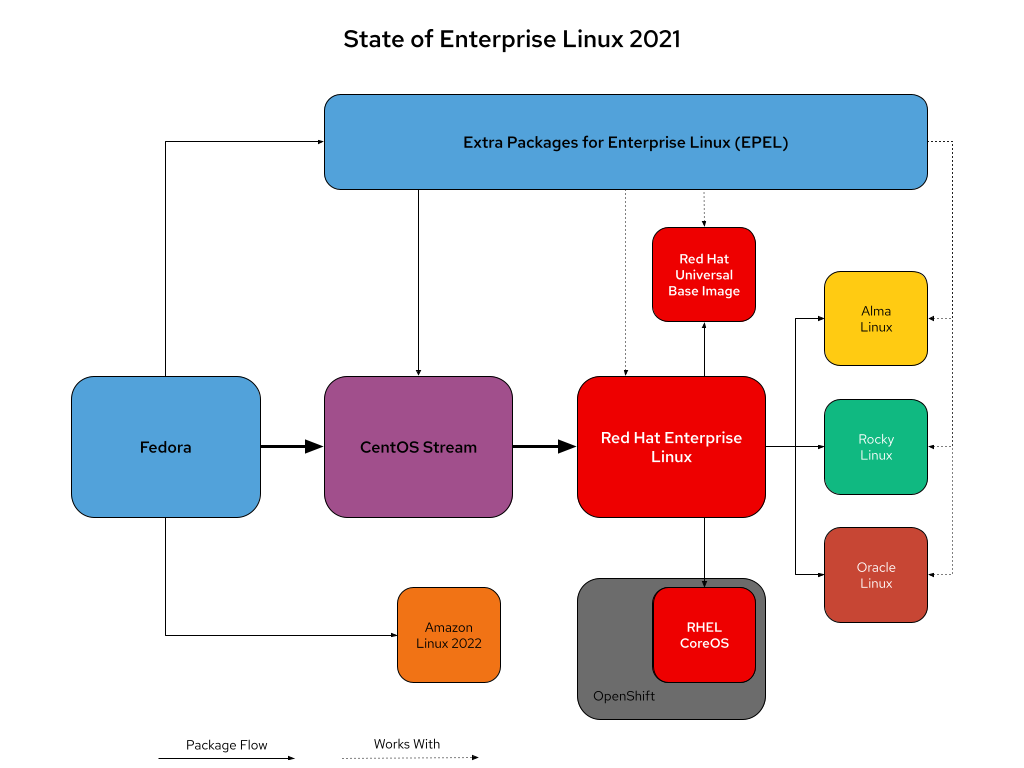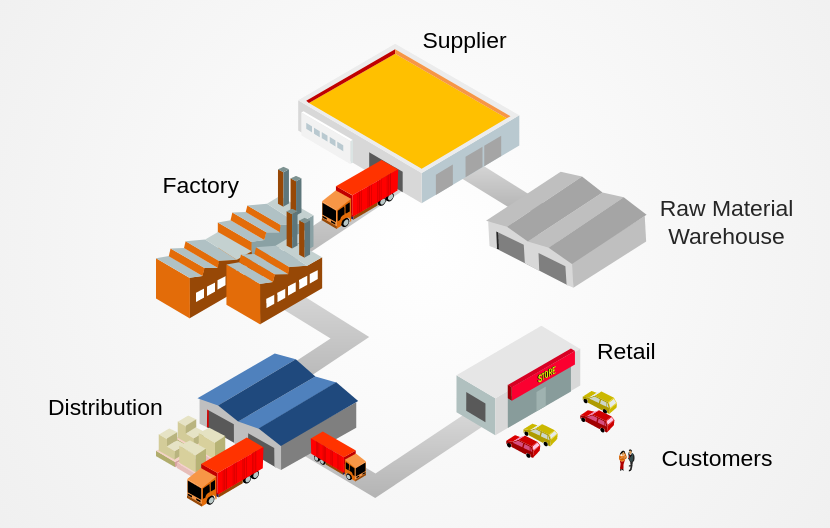Background Recently, the Enterprise Linux (EL) supply chain has been pretty interesting. The announcement of CentOS Stream as an upstream for Red Hat Enterprise Linux (RHEL) in late 2020, the announcements of Alma Linux and Rocky Linux as downstream rebuilds, and the announcement of AWS Linux 2022 being built as a downstream of Fedora are
The State of Enterprise Linux in 2022





